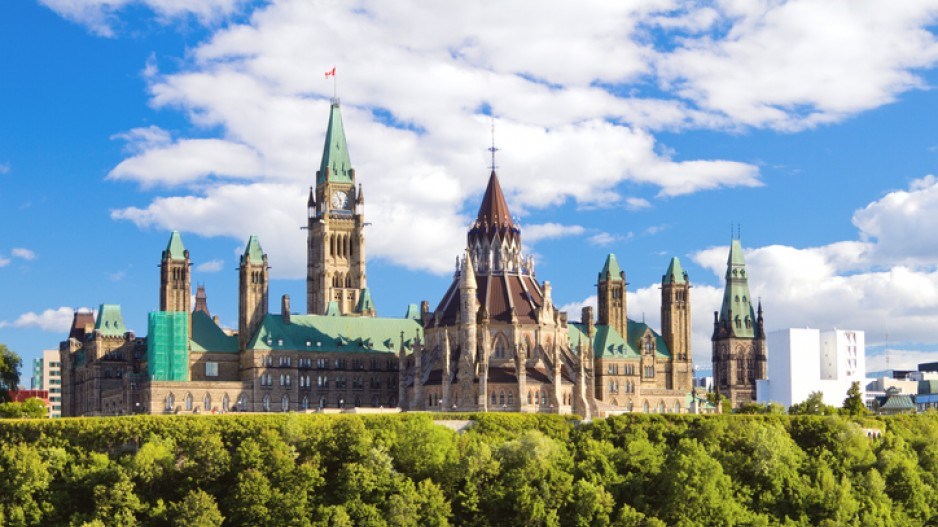In eight of the last nine Canadian federal elections, British Columbia was a province where centre-right parties dominated. A steady climb began with the Reform Party garnering 36% of the vote in 1993 and improving to 43% in 1997. Then came the early election of 2000, where the Canadian Alliance came close to amassing half of all ballots cast (49%).
Once the unified Conservative Party of Canada came into fruition, Stephen Harper earned a first-place finish in B.C. in four elections: 36% in 2004, 37% in 2006, 44% in 2008 and 46% in 2011. The last three of these democratic contests led to Tory victories, with what Harper described as “a strong, stable, national, majority, Conservative government” in 2011.
Then came 2015, with a change of government in Ottawa and the Liberal Party of Canada getting its best result this century (35%). The 2019 election appeared to be a return to the numbers of the first two Harper elections, with the Conservatives regaining the top spot with 34% of the vote.
When Jean Chrétien was easily forming majority governments in Ottawa, British Columbia was not represented in major cabinet portfolios. This changed in 2015 under Justin Trudeau, although with the subsequent demotion of Jody Wilson-Raybould as minister of justice in January 2019.
At this stage, with a federal election looming, British Columbians hold lukewarm feelings on the four local members of Parliament who are in charge of federal ministries. More than a third of respondents to a survey by Research Co. and Glacier Media (37%) approve of the way Minister of National Defence Harjit Sajjan is handling his duties. The rating is lower for Minister of Environment and Climate Change Jonathan Wilkinson (31%), Minister of Employment, Workforce Development and Disability Inclusion Carla Qualtrough (29%) and Minister of Digital Government Joyce Murray (27%).
Significant proportions of British Columbians are undecided on how these public servants have performed, from a low of 37% for Sajjan to a high of 54% for Murray. There is no severe animosity towards these four ministers, but they are nowhere near the popularity enjoyed by the prime minister.
A few weeks ago, in some corners of social media, the notion of a Harper comeback began to be floated around as an idea that could materialize before Canadians were asked to vote in a new election. With current Conservative Party leader Erin O’Toole finding it difficult to connect with the base and voters at large, Harper – it was assumed – would be well positioned to take over and attempt to become head of government again, at the age of 62.
When British Columbians are asked to look back at the Harper years, the feelings are not extraordinarily affectionate. Only 38% of the province’s residents consider that the province was treated well by Ottawa when the Conservatives were in power from 2006 to 2015.
In stark contrast, 54% of British Columbians think the province has been treated well by Justin Trudeau since the Liberals returned to power at the federal level. This includes majorities of voters aged 18 to 34 (58%) and 35 to 54 (57%), as well as almost half of those aged 55 and over (48%).
A significant proportion of the friendliness expressed by British Columbians towards the federal Liberals is related to the COVID-19 pandemic. In February 2021, only 50% of the province’s residents expected a key promise from Ottawa – having enough COVID-19 vaccine doses to inoculate every willing Canadian by the end of September – to be fulfilled. By June 2021, the proportion of “believers” had grown to 79%. It is in the best interest of the governing party to continue to discuss the pandemic at length, even if issues such as housing, homelessness and poverty are commanding more attention locally.
At this stage, and with the obvious caveat that a campaign may bring shifts, the next federal election is looking more like the 2015 edition. The Conservatives have not only given up first place to the Liberals in B.C., they also trail the New Democratic Party (NDP) across the province.
The dichotomy that has always been present in provincial politics can also be seen at the federal level this year. Similarly high proportions of British Columbians told us that they would be “very upset” if the Conservatives (51%) or the Liberals (48%) form the government again in Ottawa. The motivation of voters on each side of the political spectrum will be paramount.
When British Columbians are asked about the possibility of the NDP assembling the federal government, only 35% say they would be “very upset” if this happens. The finding should provide hope for New Democrats in the province, but must be accompanied by a process that turns the likability of leader Jagmeet Singh into votes for NDP candidates in specific ridings. •
Mario Canseco is president of Research Co.
Results are based on an online study conducted from August 7 to August 9 among 800 adults in British Columbia. The data has been statistically weighted according to Canadian census figures for age, gender and region in British Columbia. The margin of error, which measures sample variability, is plus or minus 3.5 percentage points, 19 times out of 20.




